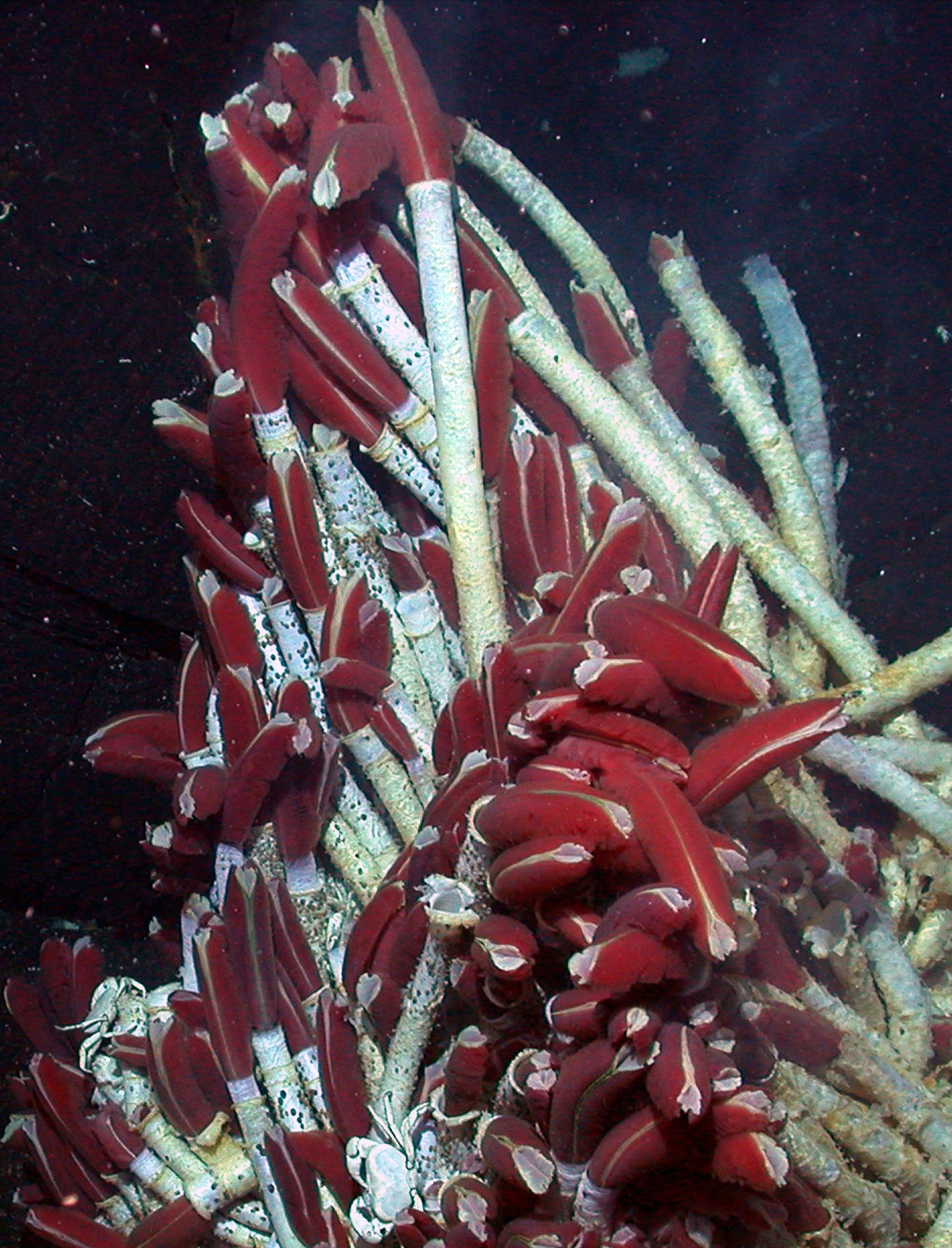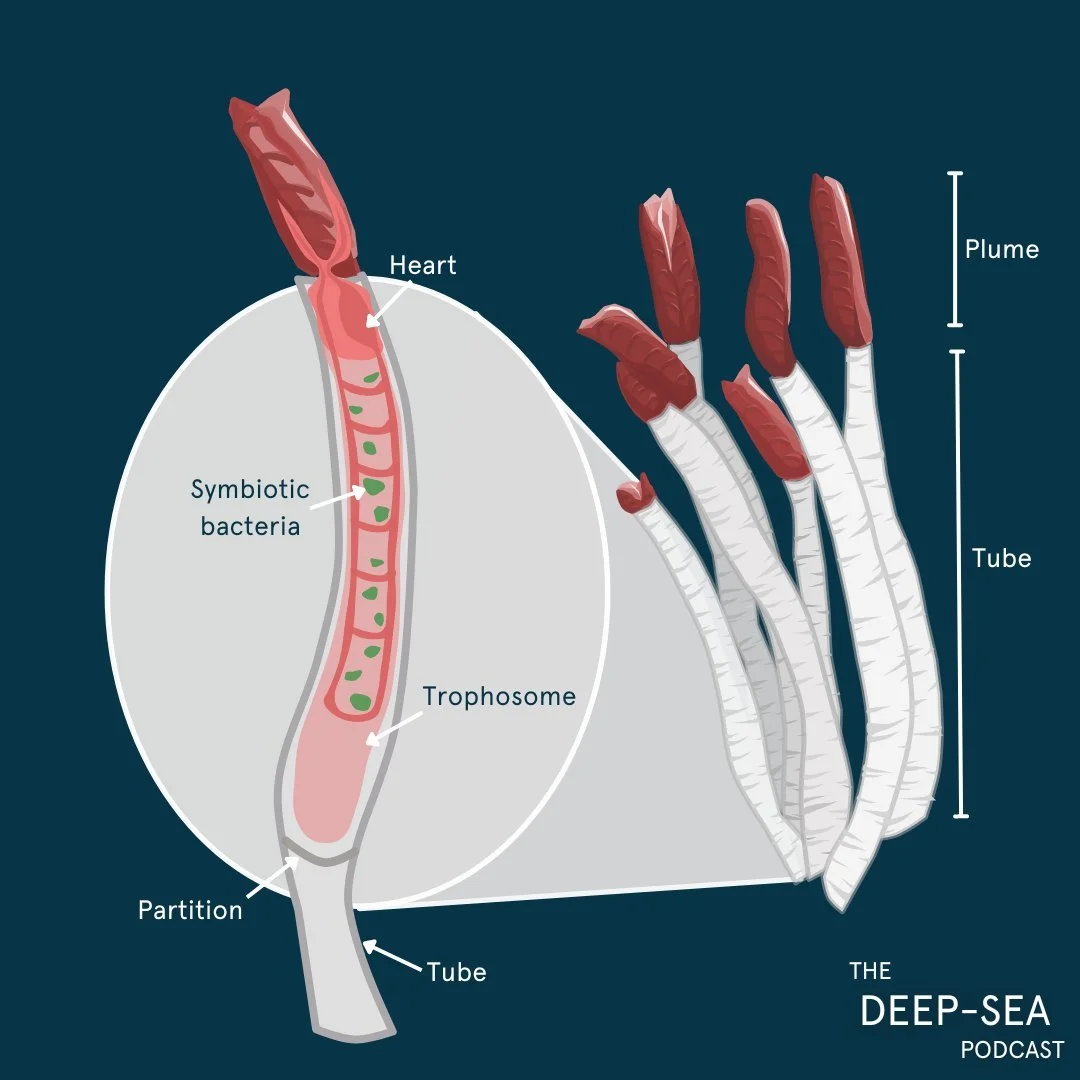We speak with Professor Chuck Fisher about his research on hydrothermal vent ecology, and the symbionts which allow life to thrive.
Listen to the full interview on The Deep-Sea Podcast
want to be notified when new interviews are released?
Prof. Chuck fisher
Professor of Biology at Pennsylvania State University
To start off, what creates these habitats?
Hydrothermal vents are formed in areas of the deep sea where the plates that make up the crust of the planet are spreading apart. New seafloor is being formed and superheated water is venting out, full of nutrients for a variety of different types of bacteria.
So what what makes them so interesting?
What makes them most interesting, in my opinion, is the fact that they are environments where energy is being produced by bacteria in a form that animals can utilise, so they can be decoupled from the rest of the planet. They of course need oxygen, which does ultimately come from photosynthesis on the surface, but the energy sources are coming out of the deep earth.
how is energy being produced from these chemicals?
Well, there's actually a variety of different chemicals that bacteria can use for autotrophy, that is: to use as an energy source to grow. The primary one at most hydrothermal vents is hydrogen sulphide. This is formed deep underneath the earth's crust where hot water is reacting in an anaerobic environment with heated rocks. It leaches from those rocks and is ultimately released at the sea floor.
But that's not the only chemical that can provide energy for bacterial autotrophy, methane is another very important one. In fact, there's a wide variety of reduced chemicals and metals all of which bacteria can utilise to grow. And where you have bacteria growing, you've got a potential food source for animals.
Who are the big players in this food web? how does that energy then transfer through the system?
Well, in my opinion, I am all about the bigger animals - specifically the ones that are symbiotic with bacteria that produce the energy and the food they need to grow. One of the most amazing examples of these are the hydrothermal vent tube worms.
Are those gills that are exposed at the top, the Deep Red areas?
Yes it is a type of a gill you see sticking out of the tube worms, we call them “plumes” for tube worms. The red is blood (it's very well vascularised) and that is where they take up the dissolved gases that they transport to the bacteria deep inside their body. In fact, one of the first amazing things we learned about these animals, is that unlike virtually all other red-blooded animals on Earth, their blood is not poisoned by hydrogen sulphide like ours is. Rather, their blood can bind and transport that toxic chemical deep inside their tissues to feed their bacteria.
I had no idea that the symbionts were quite deep within the body!
Absolutely, and if you think about it for a minute I think you can see why in this case. The symbionts need to be inside an internal organ; these are big worms and can be over a meter in length, weigh hundreds of grams and they're pretty active. They require a lot of energy, a lot of food which means a lot of bacteria. Deep inside these worms, where their normal gut would be, is a specialised sac called the trophosome and that sac is basically just a bag of bacteria.
what is it the bacteria are releasing and how is it uptaken by the organism?
Well, the tissues are very well vascularised as you might imagine because all the gases that the bacteria need to live and grow have to come in through the blood. The three primary gases for a tube worm are hydrogen sulphide, oxygen which is used to oxidise the sulphide and produce energy, and CO2 which they fix in a manner very similar to the way a green plant does. So, a green plant will use the energy from sunlight to fix carbon and produce the food. In the case of the tube worms, they use the energy from the oxidation of hydrogen sulphide to fix carbon, that then they can live and grow off.
is this process of obtaining energy seen anywhere else in the deep sea?
I've done a lot of work at cold seeps in places like the Gulf of Mexico where the water's not hot, but it's coming up from deep sources of hydrocarbon so it's energy rich. There's two worms that live there, that are really analogous to plants. They have a long single root that goes deep into the soil and they use that to extract the sulphide from the sediment beneath them. Also, like many plants on the surface, they can live for hundreds and hundreds of years just sitting in one place; taking their nutrients up from the soil, oxygen from the sea water, and living a life that really is a lot like a plant.
the hydrothermal vent tube worms are also amazingly heat tolerant, aren't they?
Yes, so for a deep sea animal they are heat tolerant, but keep in mind that most of the deep sea is a little under 2°C. The hydrothermal vent tube worms actually don't live in remarkably high temperatures, for the most part you find tube worms at room temperature, between 20°C - 40°C.
There are other animals found around vents that can live at higher temperatures that actually live very close to the very hot venting water and some of those can tolerate temperatures up to 50°C/60°C. The real stars of thriving at high temperatures are the thermophilic bacteria and some of those can live quite happily at temperatures above that which water would boil on the surface of the earth. One of the factors that allows the bacteria to thrive at even higher temperatures is that the high pressure stops water from boiling at 100°C. In fact, water at several hundred degrees Centigrade doesn't boil at hydrothermal vents, so it's still quite happily liquid and amenable to life.
“These places are low in oxygen, high in sulphide and they’re just not an environment that all animals can tolerate.”
if we go the next level up the trophic chain, who's eating these animals?
There aren't a lot of animals that eat tube worms, and that's evidenced by the fact that, in the Gulf of Mexico, they can live for hundreds of years just sitting there. We think that's partially due to the fact that their blood is probably quite toxic, due to the sulphide content.
The typical dominant species seen in the Lau Basin vents: Two species of snails and mussels with symbionts. Image Credit: Chuck fisher and WHOI
Some of the other animals that graze on chemosynthetic bacteria and have bacteria in their gills, like mussels and clams do have other predators that do come to the seeps and eat them. But even those predators have to have some special adaptations because the places themselves can be quite toxic. They're low in oxygen, they're high in sulphide and they're just not an environment that all animals can tolerate.
what happens when vent stops and it starts to cool down?
Sometimes they just get clogged from all those metal-rich fluids that are coming up. It might start venting 10 metres or 100 meters or a kilometre away, and in that situation, the tube worms at those vents that are attached to the sea floor are going to die. However, they do produce larvae that can spend months in the water column with some of the very very lucky few settling at a new vent. In fact, when brand new vents pop up on the sea floor the timescale for settlement is just amazing, you'll have new tube worms settling and growing to reproductive size in less than a year!
“The deep sea is a long way from the consciousness of most people.
In fact, many people really wonder why we care about the deep sea at all.
But the fact of the matter is: the deep sea is connected to the rest of the ocean.”
How do these larvae move or know where to go?
They float, and they don’t know where to go! One tube worm will produce millions of sperm or eggs in the hopes that one or two might eventually find a suitable place. These are tiny larvae, so they can't swim, they are entirely reliant upon ocean currents to move them horizontally. Now, they can move themselves vertically, simply by adjusting buoyancy. They're very buoyant when they first hatch, and so they float up into the water column, and then at a later stage in their development they become negatively buoyant. They will sink out of the water column in the hope that they land on a favourable spot.
If you think about it, each male and female tube worm only has to replace itself once. If it does more than replace itself, then over a thousands of years the tube worms are going to take over the planet. If only two offspring from a pair of tube worms is going to survive, that counts as success. Too bad for the other billion babies that didn't make it
is there anything you want to set the record straight on: is there any little fact you hear that is just wrong?
Oh that's a great question! So early on, when people first discovered the vent tube worms, they brought them up on the deck of a ship and they stretched them out. Their tubes can be three meters long, so people for years and years…and I still hear it now…say that tube worms can be metres long. There are no hydrothermal vent tube worms, that we know of, that are meters long. They have tubes that are meters long, but the animals themselves can be around a meter long.
These tube worms are in a giant clump and are competing with each other to get their gill-like plume into the energy rich seawater. So they're constantly growing their tubes to keep their plume up high. They can grow their tube quite quickly and then they lay down new partitions in their tube for the base, so the tube worm is only occupying the top half a meter or meter of the tube at a time.
Now having said that, the tube worms that may get that longer are the hydrocarbon seep ones. But most of the length of those animals is just the hair like root that can go meters into the sediment. So those thin worms generally only as wide as a pencil, but actually can get to be several meters long.
Finally, how do you get people excited about the deep sea?
The deep sea is a long way from the consciousness of most people. In fact, many people really wonder why we care about the deep sea at all. But the fact of the matter is: the deep sea is connected to the rest of the ocean. Impacts to the deep sea will impact the rest of the ocean and we really don't understand much of what's going on in the deep sea. Although people may think that this is not critical knowledge for the planet, it is critical knowledge. Because if we mess up the ocean in any significant way, we're going to hurt billions of people on Earth.




